Swamp White Oak
$64.50 Original price was: $64.50.$45.15Current price is: $45.15.
- Free Shipping over $25
- Fast & reliable delivery options
- Enjoy top quality items for less
- Multiple safe payment methods

For grandeur and longevity, few shade trees beat an oak. But most oak trees are sensitive to wet soil, so in gardens with poor drainage, or in low-lying spots, there are not an option – or at least most aren’t. There is one outstanding American oak that is much more tolerant of wetter conditions, and that is the Swamp White Oak. This durable tree also thrives in ordinary conditions, and even in moderate drought, so it’s a terrific all-round choice for many locations.
The Swamp White Oak grows into a rounded tree 50 to 60 feet tall, and just as wide, so allow plenty of room for its mature development. The leaves have the classic ‘oak leaf’ look, and they are large, up to 7 inches long, with 5 to 7 deep lobes on either side. The upper surface is dark green, and the underside is silvery-white, giving the leaf a two-tone, or bi-color appearance, which gives rise to its scientific name. In fall they make a great show, turning yellow to orange-brown, sometimes with red tones as well. The thick trunk has dark gray-brown bark, with deep ridges dividing it into irregular blocks. One special feature of this tree is the bark on younger trees, which peels away in strips as the tree grows, revealing rich orange inner bark. Like all oaks this tree develops acorns when it is older. These are an inch long, with a knobbly cap over the lower half. When ripe the acorns fall to the ground, and in this species the cap often stays behind on the tree.
Growing Swamp White Oak Trees
Plant the Swamp White Oak in a sunny spot, or in one that will be sunny once the tree has grown a little. Grow it as a lawn specimen, or in a row to mark the boundary of your property. As an American native tree, it is the perfect choice to add to existing woodlands, or to use in natural plantings. On a larger property an oak avenue is a great feature to make a boring long driveway into something special. Mix it among other trees as the backdrop to your garden. Wherever you plant it you will love this superb tree.
The ideal conditions for the Swamp White Oak are in slightly-acidic, moist and well-drained soil, but this is a highly adaptable tree that will thrive in both damper and drier soils. It has good tolerance of normal drought conditions once it is established, but it also grows well in soil that is poorly-drained and even subject to periodic flooding. It grows in clay soil, and alkaline soil, which it is less sensitive to than most oaks. Even so, on very alkaline, chalky soils the leaves may become yellow, so another tree could be a better choice for that kind of soil. It tolerates salty soil moderately well, so it could be good choice for a road-side planting, but don’t plant where direct salt spray can land on it. All oaks have some pests, but this tree is not particular prone to pests or diseases, and it rarely suffers from serious problems, and lives for many, many years in good health. If you should see round or irregular structures growing on the leaves, these are harmless. They are called oak galls, and they are found on most oak trees. This tree will even grow near black walnut, a tree notorious for releasing toxins into the soil around it, that kill other trees.
Prune while young to develop the height of trunk you finally want. Don’t wait until it is larger, because removing large limbs leaves scar that take years to heal, and they may never disappear completely. Young trees soon cover small cuts, and they simply disappear. Prune during winter or very early spring, as summer pruning may allow the entry of the beetles that spread the oak wilt disease.
History and Origins of Swamp White Oak Trees
The Swamp White Oak, Quercus bicolor, is one of America’s numerous white oaks. American oaks are divided into two groups – red oaks and white oaks. There are many species among the white oaks, mostly from the Americas, but the group also includes the famous English oak, Quercus robur. Swamp White Oak is found growing with other forest trees all through the north-central and north-eastern forests of America. This tree is especially common in Ohio and New York state, and it grows around Chicago too. In keeping with its tolerance for damper soils, it often grows wild along stream and by rivers, as well as in low-lying areas. It is one of the longest-lived oaks, living for 300 years or more, so when you plant it, you can think of how it could still be there long after we have all gone.
Our Swamp White Oaks are grown from acorns collected from only the best specimens, and they are grown with care into sturdy young trees, just waiting to become a feature in your garden. We really enjoy carrying stock of America trees, especially such iconic trees as oaks, because we are planting for the future and preserving our natural heritage. Join us, and our other clients, and choose the Swamp White Oak for your garden. Buy now before our limited stock is sold.
Be the first to review “Swamp White Oak” Cancel reply
Related products
Birch Trees
Maple Trees
Birch Trees
Japanese Maple Trees
Birch Trees
Shade Trees
Ginkgo Trees
Japanese Maple Trees

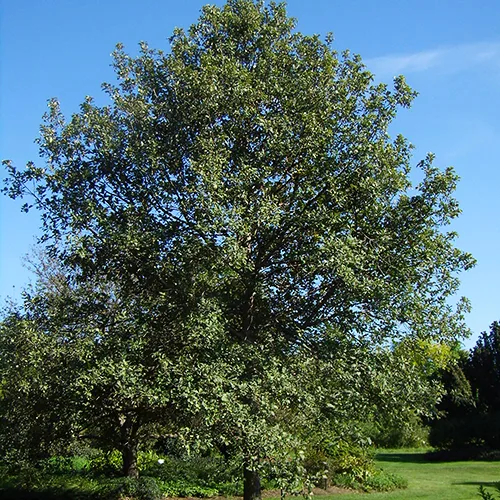

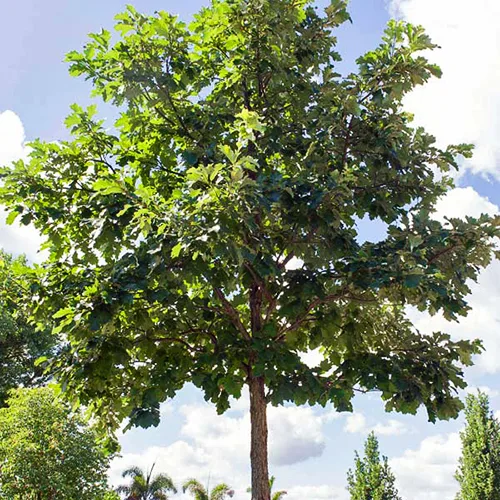
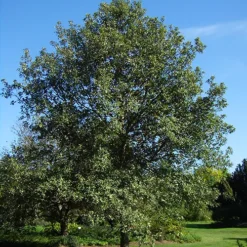
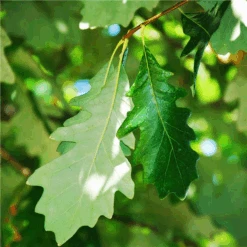


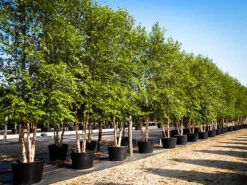
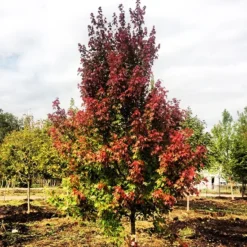



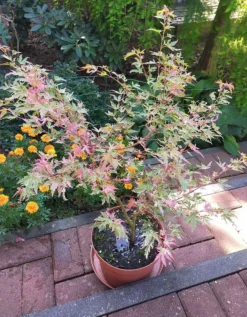
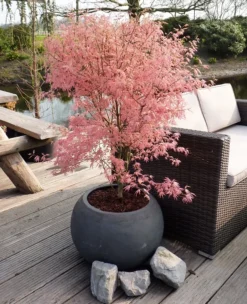


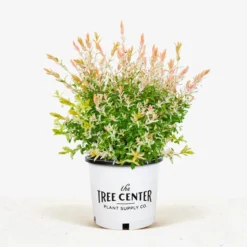


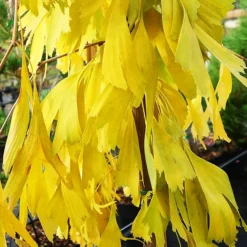

Reviews
There are no reviews yet.